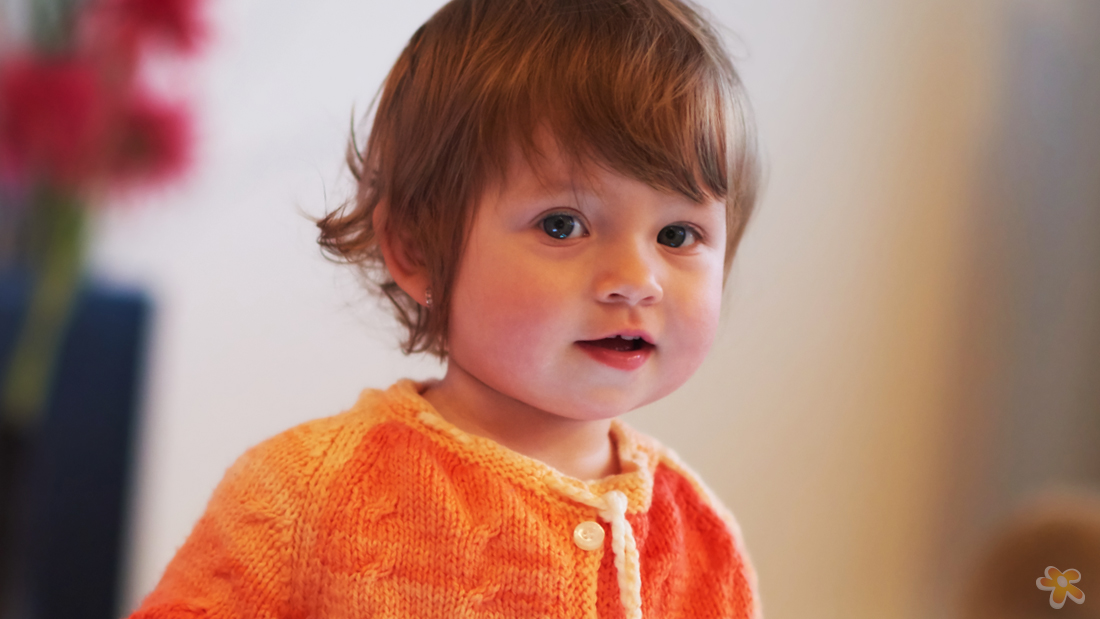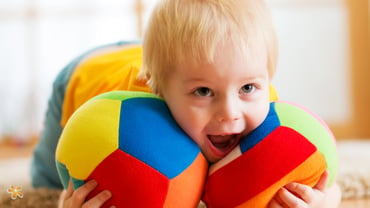Each clinician usually has their own ‘grab bag’ of tools to use in therapy. The longer I’m in the field of speech-language pathology, the bigger my ‘bag’ becomes, because new games, or new ways to use older games, brings innovative options to the therapeutic table. Here are two great tools for speech-language pathologists to use for therapy, and a few tips on how to apply them.
CARIBOO (Pre-K-1rst grade)
This game is so much fun! And who doesn’t like to search for a treasure? Created several years ago, the one downside to Cariboo is being able to find a copy of it. I purchased this one online. In essence, the game goes like this:
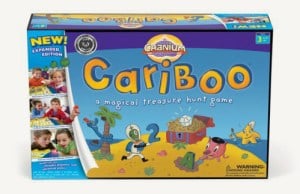
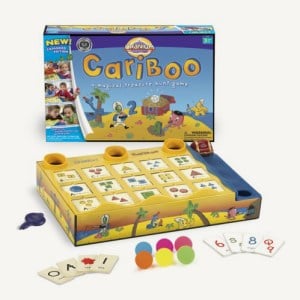
6 bouncy balls are hiding behind the doors. To open the mysterious treasure, the child must take the key and open each door to figure out where all six ball are. Once the sixth ball is placed in the ‘treasure tunnel’, the treasure chest will open.
One of the great things about this game is that the pictures on the ‘door’ covers can be removed and replaced with your particular pictures. So if you’re working on specific speech sounds, you can place pictures with those target words on the door for the child to say before he can open the door.
If you are working on language goals, I sometimes will describe the picture I want the child to open, or visa versa, and then allow the child to open it. For example, I might say… ”Okay, it flies in the sky but it isn’t a bird. It doesn’t have wings. A person drives is.” And the child must use his/her language skills to figure out which door to open. It’s also great to use for category pictures… and much more.
UNO (1st grade and up)
In all seriousness, this game is timeless! I use it with my elementary kids all the way up to my high schoolers. It’s incredibly versatile.
For speech-sound practice, I will have the children say a target word before they can lay down a card. We’ll pick the power color at the beginning of the game, and if they lay down the power color they have to say their specific target sound 5 times.
For language, each color is assigned a category. It’s great for rapid naming. So for example, if the turn is ‘blue’, each person must name a sea animal before they can lay down a card. ‘green’ they must name a forest animal.
Or – the colors can represent other things. For social language, I’ll use this game as a wonderful ‘topic maintenance’ activity. Each color represents a possible topic of conversation and before the kid lays down their card, they must ask a question or make a comment about the category that matches the color. For example, ‘blue’ = movies, ‘red’ = book, ‘yellow’ = food, green = personal question.
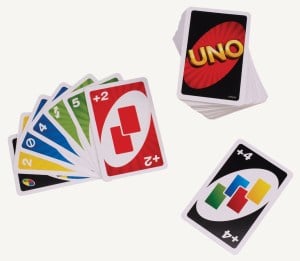
The list can go on and on for how to add variety to Uno… and whatever else you may carry around in your grab bag. If you use an UNO set with particular characters (we have the Disney princesses one), we’ll sometimes have to describe something we know about the character when we lay down the card. Or ask a ‘what if’ question.
What are some of your favorite tools in your clinical grab bag?
Helpful Speech-Language Pathology Tools
Pepper Basham, MS, CCC-SLP

